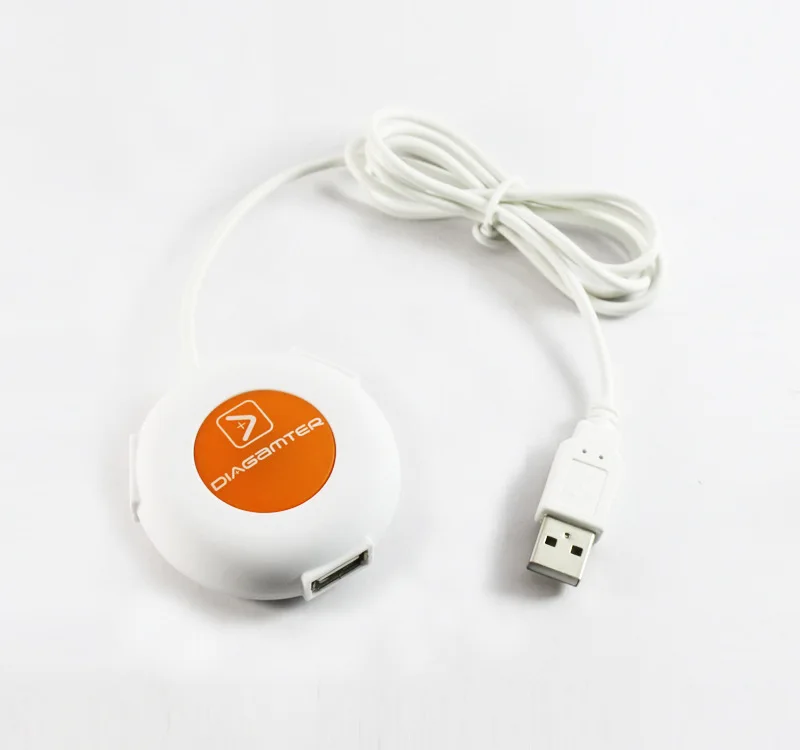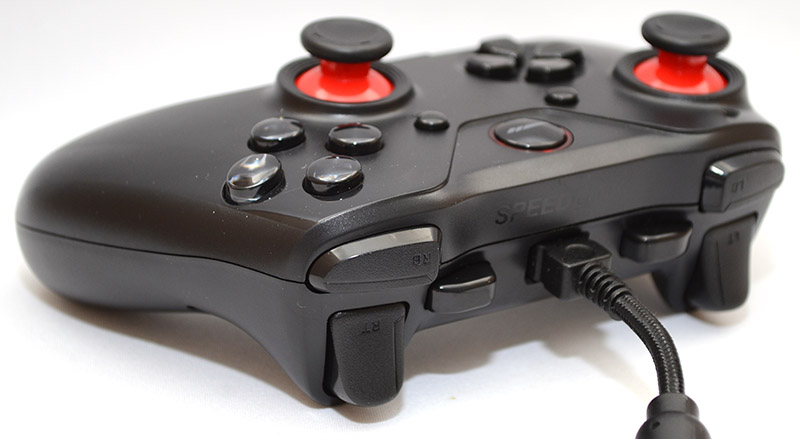
- Programmable big red button usb install#
- Programmable big red button usb serial#
- Programmable big red button usb android#
- Programmable big red button usb software#
- Programmable big red button usb series#
Programmable big red button usb install#
You can optionally install the Python extension (8) for Visual Studio Code if you like.
Programmable big red button usb serial#
All you need is a text editor, preferably one that has syntax highlighting, like Visual Studio Code (6), and an application that can host a serial session with the board, like PuTTy (7). Setting up the CircuitPython development environment on your computer is not difficult. (Yes, I did it wrong the first time around.) If, for some reason, the LED does not light up, connect it the other way around. The green LED is wired directly into the USB port’s power to signal that the board is getting power. The pin marked ‘1’ is used to light up the red LED to indicate that the button is being pressed it is optional. We’ll connect the Trinket up like this: we’ll use the pin marked ‘2’ on the board to signal the button being pressed. MicroPython is, in turn, a Python variant that is specialized for microcontrollers. CircuitPython (5) is a MicroPython variant, ideal for little hardware projects. For this project and simplicity’s sake, I’ll use the CircuitPython that comes pre-loaded on the board. The Trinket M0 comes with CircuitPython already installed, but if you prefer to overwrite this installation and treat it like an Arduino (4), you can do so.

Programmable big red button usb android#

I ended up somewhere in the middle with the Trinket M0, created by AdaFruit (3). This is something I kept in mind while selecting a logic board to power the button.Īt the start of this little project, I considered various possible hardware options, ranging from el-cheapo controller boards from AliExpress to a Raspberry Pi 3.
Programmable big red button usb software#
This means that while it is possible to create your own USB connection software for hardware that doesn’t normally support it (also referred to as bit-banging (2)), this method is still prone to timing errors. Traffic over the USB port is tied to a very strict timing scheme and is thus rather unforgiving in nature. It needs to identify itself to the host by letting it know what type of device it is (‘I’m a keyboard device’, ‘I’m a printer device’, etc.), what capabilities it has, as well as other assorted things the PC needs to be aware of. To join the USB playground with your device, you need to communicate over the USB port.

Since the signaling is standardized and thus OS independent, it doesn’t matter if you’re running Windows, Linux or Mac: they all understand the devices and, if provided with the correct driver, can use them.
Programmable big red button usb series#
It consists of a series of hardware standards and a protocol for the plugs and signaling. USB, or the Universal Serial Bus (1), is in effect the only real way to get hardware devices to talk to your PC. USB is pretty versatile, but it is not a patient beast This project is by no means exhaustive and just intended to give you an idea of what you can do and how easy it is to build these things. There are three distinct areas we’ll have to deal with: the actual button hardware, the software running inside the button and, optionally, the software on your PC to tie it all together. Ha! It’ll be talking to our little device which will mimic a keyboard for us. Your PC is going to detect the pressing of this button just like it would a normal key, but we’re going to fake it: it isn’t really a keyboard the PC is talking to. The button we’re going to construct is very similar however, it’s a keyboard consisting of one key only. Most people have large numbers of these buttons in front of them neatly stuck to a board. How about a nice ominous red button that you can push and make your PC launch your missiles, self-destruct your secret base, or distract the cat?īuttons are usually connected through the USB port. Writing code for websites is all good and well but sometimes you want to do something more, well, tactile.


 0 kommentar(er)
0 kommentar(er)
